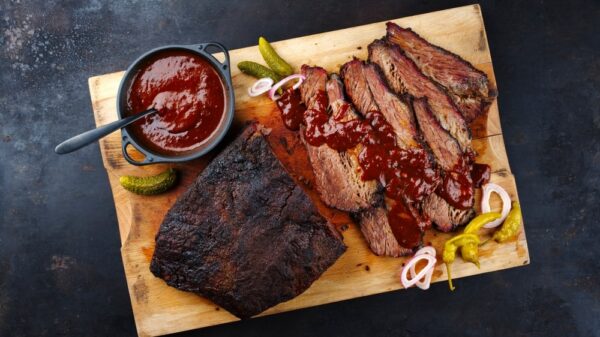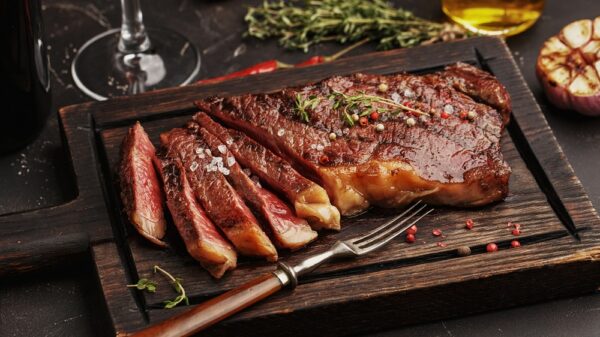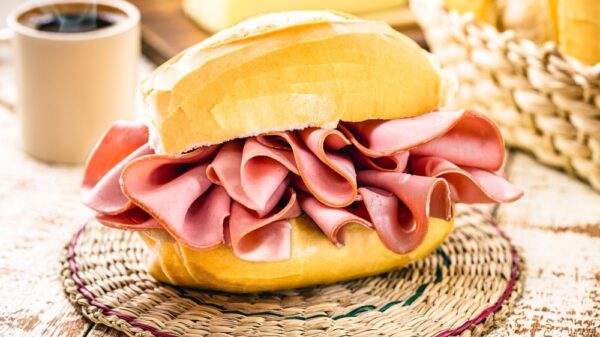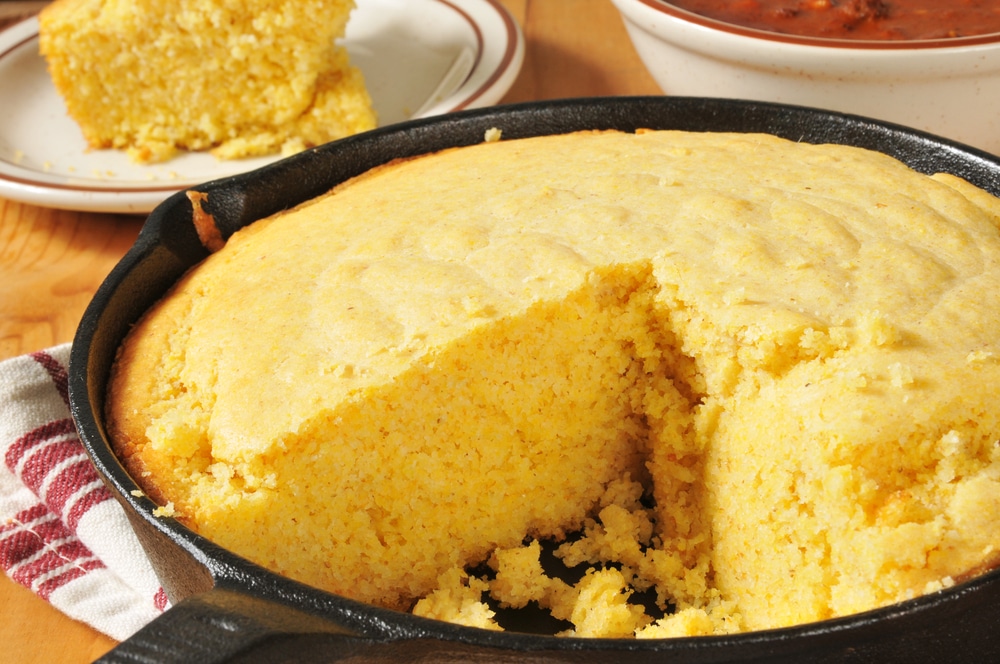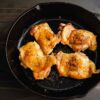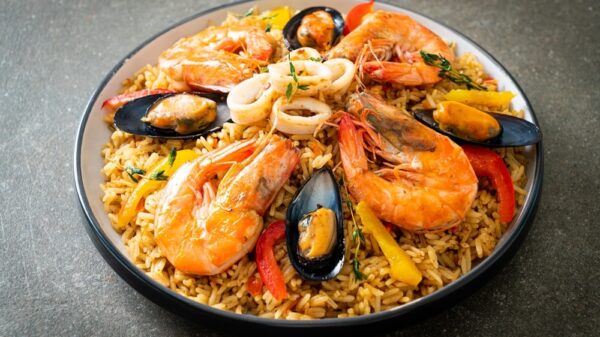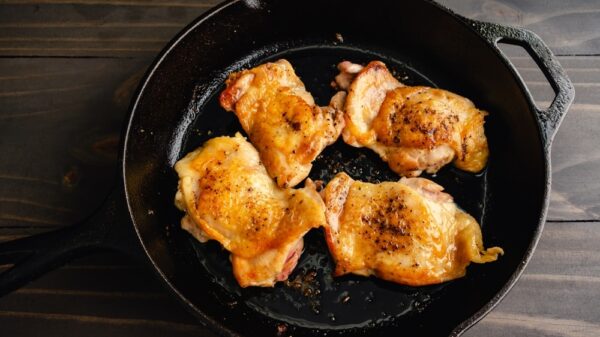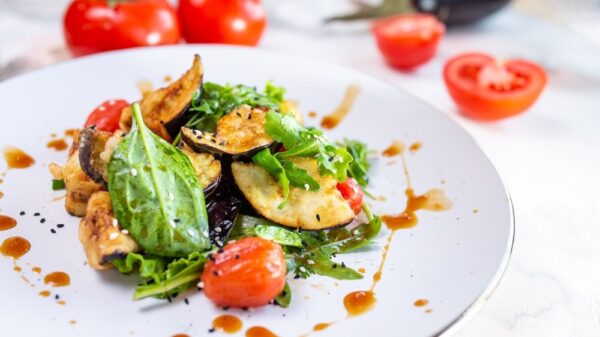that a box of cornbread mix is more than just a convenience—it’s a versatile key ingredient that can elevate numerous meals.
Let’s dig a little deeper into how you can maximize the potential of your cornbread mix in a way that suits your unique tastes and cooking style. For those of us who often gravitate towards familiar breakfast options, using cornbread mix to create pancakes and waffles is a fantastic avenue. Just imagine the mouthwatering aroma of freshly cooked cornbread pancakes wafting through the kitchen. These pancakes aren’t like the ones made with standard flour; they bring that comforting, slightly sweet flavor that’s simply irresistible. Serve them warm, topped with a dollop of butter and a generous drizzle of maple syrup. You may find your family asking for these pancakes on repeat!
And if you’re looking to double-down on the deliciousness, consider another unexpected yet delightful use for your cornbread mix: savory cornbread muffins. Picture these little beauties stuffed with cheese, chives, or even cooked bacon. They make for an outstanding side dish, pairing beautifully with soups and salads, or simply as a snack on their own. Plus, they’re easy for little hands to grab—what a perfect way to get kids excited about helping out in the kitchen!
If you want to really impress your guests, why not take it to the next level with a savory pie? Picture a hearty vegetable or chicken pot pie topped with a golden cornbread crust. The sweetness from the cornbread can perfectly balance the richness of the filling, creating a dish that will have everyone asking for seconds. It’s not just dinner; it’s an experience. And don’t forget the endless customization options; throw in your favorite veggies or proteins to tailor it to your family’s tastes.
The culinary creativity doesn’t have to stop with dinner! Consider making corn dogs for a fun family night. Just dip hot dogs into a cornbread batter before frying or baking them for a tasty treat that’s hands-on and satisfying. Kids love these! Plus, it allows them to get involved in the process, making cooking a bonding experience rather than a chore.
Hosting friends? Why not throw together a tamale pie? By blending the classic cornbread mix with seasoned ground meat and toppings like cheese and salsa, you create an appealing, layered dish that showcases how versatile cornbread mix can be. Serve it with a fresh cucumber salad on the side, and you have a complete meal that’s hearty and delicious.
The best part? With these ideas in your back pocket, you’ll likely find yourself looking forward to cooking rather than seeing it as one more task to tick off the list. These dishes aren’t just enhancements to your dinner; they bring families together, spark joy, and create a warm, inviting atmosphere in your home. Cooking should be an enjoyable experience where you can express your creativity and share love through delicious food.
So the next time you spot a box of cornbread mix in your pantry, don’t just resort to the traditional loaf. Let your imagination run wild with all the potential it holds. With a little extra thought and a sprinkle of creativity, you can turn that simple box into a variety of delightful meals, and perhaps start a few new family traditions along the way. Transform your cornbread mix experience—not just for taste, but also for the memories you create in the kitchen as you explore the delicious possibilities together.When you pick up that box of cornbread mix, it can feel like you’ve opened a door to an array of delightful culinary possibilities. Sure, classic cornbread is a beloved staple, but why stop there? With a few thoughtful tweaks, you can elevate your cornbread from merely good to absolutely unforgettable. Let’s dive into some essential pointers that not only prevent common mishaps but also encourage you to unleash your creativity in the kitchen.
First and foremost, let’s talk about the often-overlooked aspect of greasing the pan. You may pull out a perfectly golden loaf, but if you skimp on greasing, you could find yourself wrestling with a sticky disaster when it’s time to flip it out. Even if you’re using nonstick pans or a well-seasoned cast iron skillet, cornbread has a sneaky way of clinging to surfaces. To avoid that dreaded sticking moment, go ahead and be generous with butter or oil. A well-greased pan not only releases the bread with ease but also creates an enticing crispy bottom that turns each mouthful into a delightful experience. Think of it as giving your bread a warm hug before it goes into the oven.
Moving on to the fats: many boxed mixes may instruct you to add oil, but don’t underestimate the flavor magic of melted butter. There’s something undeniably rich and delightful that butter brings to the table. It transforms a mundane mix into something that truly wows your taste buds! Not only does it contribute a wonderfully rich flavor, but it also helps create that tender crumb we’re all craving. If that mix calls for three tablespoons of oil, swap in around four tablespoons of melted butter for the best results. The melting step isn’t just a time-saver—it helps the butter mingle effortlessly with your dry ingredients, making your batter silky and smooth.
Now, let’s navigate the importance of baking temperature. Those instructions on the side of the box may seem like just another thing to follow, but trust me, they’re there for a reason. If you think you can sneak in a higher temperature to save time, you might end up with a scorched top and a gummy middle. Conversely, baking at a lower temperature can lead to dry cornbread, leaving you with a disappointing result that doesn’t do justice to its potential. Stick to the recommended settings—they’re tried and true for a reason!
We can’t talk about cornbread without mentioning the magic of cast iron skillets. While it’s not a requirement, cooking cornbread in one of these beauties can make a noticeable difference. They excel at retaining heat and distributing it evenly, giving you that perfectly crispy outer layer while keeping the inside wonderfully fluffy. And here’s a quick tip: even though cast iron skillets tend to be naturally nonstick once seasoned, they still need a bit of grease to ensure optimal results. A thorough greasing before adding your batter is a surefire way to achieve that cornbread perfection.
Now, here’s a little secret I wish someone had told me when I first started baking: patience is key. As tempting as it may be to dive into your fresh-out-of-the-oven creation, try to wait about 30 minutes before slicing. I know, it feels like time stretches on forever, doesn’t it? But allowing the cornbread to rest helps it set, resulting in cleaner, more stable slices. If you can manage to resist the pull of that warm, inviting bread fresh from the oven, you’ll be rewarded with beautiful pieces rather than a crumbly chaos.
So the next time you’re faced with that box of cornbread mix, remind yourself that you hold the power to create something truly delightful. Embrace the versatility and possibilities that await you with each batch. By fending off those common pitfalls and tapping into your creativity, you’re bound to surprise yourself with what you can achieve in your kitchen. With a little know-how, your cornbread won’t just be a meal; it’ll be the star of the show.

